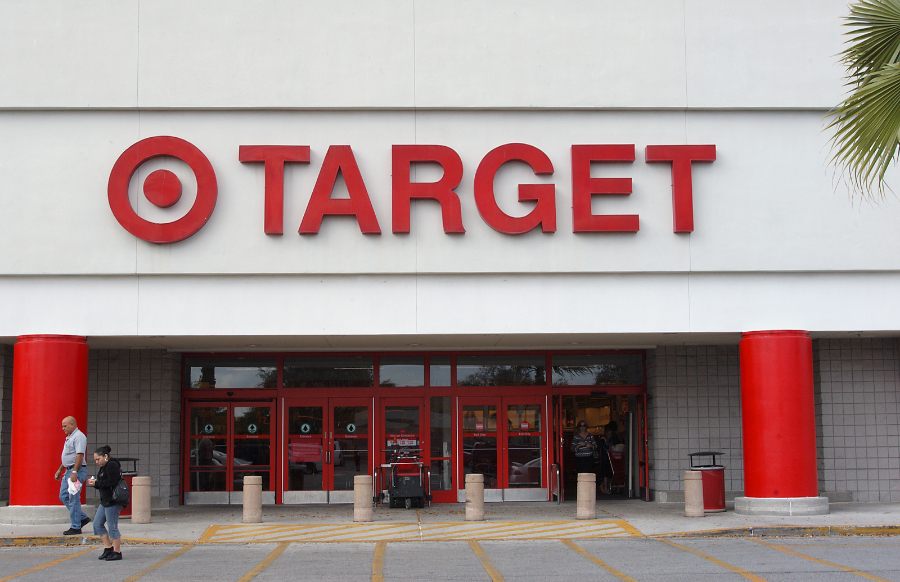- Target is anticipating substantial financial losses, projecting over $1 billion due to various factors that have impacted its operations.
- The estimated Target‘s losses from theft are expected to surpass $1.2 billion this year.
Target, the renowned retail giant, is experiencing a gloomy outlook for the second quarter, projecting over $1 billion in losses due to consumer pullback and rising theft. The company’s struggle to navigate inflation, cautious consumer spending, and the impact of theft on its profitability is a cause for concern. Additionally, Target’s recent clothing line for Gay Pride Month has sparked controversy, leading to calls for a boycott. This article delves into the challenges Target is facing and analyzes the implications for its future.
Target has faced several problems in recent years, including:
- Website outages: Target.com has experienced outages and problems, according to Downdetector.
- Inventory build-up: Target suffered an inventory build-up, which led to a decline in profits and a drop in stock prices. The company had too much inventory on its hands and did not adequately forecast the coming drop in spending among consumers.
- Sustained weakness and declining traffic: A Wells Fargo analyst said that Target is “no longer an attractive investment,” citing a range of continued headwinds and challenges.
- Profit plunge: Target’s profit plunged due to deep discounts it had to offer on much of its general merchandise, such as clothing, electronics, and home goods.
- Inventory reset: Target had to reset its inventory after it “clearly badly misjudged demand” and was left with excess inventory.
- Gay Pride Month Clothing Boicot?: Target’s decision to introduce a clothing line celebrating Gay Pride Month has triggered a significant wave of criticism. The collection includes items such as T-shirts with slogans like “trans people will always exist” and graphics that promote LGBTQ themes. Detractors argue that by offering these products, the retailer is allegedly promoting a particular ideology and targeting impressionable children. The controversy gained momentum on social media platforms, attracting widespread attention and sparking calls for a boycott of Target.
- Rising Theft and Security Concerns: One significant factor contributing to Target’s losses is the surge in theft. Target has been grappling with increasing incidents of shoplifting, including organized crime, which the company’s CEO, Brian Cornell, describes as “increasingly urgent.” The estimated losses from theft are expected to surpass $1.2 billion this year, posing a substantial threat to profitability. Target’s commitment to enhancing security measures and avoiding store closures is commendable. However, the company’s efforts may be hindered by progressive soft-on-crime laws and left-wing activist law enforcement officials in certain areas, exacerbating the issue.
- Financial Outlook and Strategic Investments: Despite the challenges, Target maintains its full-year profit expectations, with a 0.5 percent rise in total sales reported in the quarterly earnings report. The company’s focus on private-label brands and the steady demand for beauty and personal care products provides a ray of hope amidst the uncertain economic climate. Moreover, Target’s strategic investments, including store and online enhancements, exemplify its commitment to staying competitive. By investing up to $5 billion in expanding services for customers, Target aims to mitigate the impact of rising competition.
Target’s poor forecast for the second quarter can be attributed to consumers’ reluctance to engage in non-essential purchases such as electronics and home goods. Rising inflation, along with the looming fear of a recession, has compelled cost-conscious consumers to be more selective with their spending. This change in consumer behavior has had an indirect impact on large store chains like Target, which rely heavily on the sale of non-discretionary items. The company’s CFO, Michael Fiddelke, acknowledges that the shift in consumer habits is outweighing day-to-day earnings growth, signaling a challenging period for the retailer.
Target’s gloomy second-quarter forecast and the impact of consumer pullback and rising theft raise concerns about the company’s profitability and future growth. While it maintains its full-year profit expectations and strategically invests to offset competition, the road ahead remains uncertain. As the retail landscape evolves, Target must adapt and devise innovative strategies to regain consumer trust, address security concerns, and sustain its position in the market.












